How To Use Watering Globes? (+How Long Does It Last?)
Watering globes, also known as watering spikes, or watering bulbs, are small spherical structures, mostly made up of PVC or glass, with a long thin protruding neck-like structure embedded in the soil. If you plan to use them for watering your plants, you are at the right place.
To use a watering globe, you must first add water to fill it; then, you should invert it and push the thin stem of the globe into the plant’s soil. You might notice some water coming out initially, but that will eventually stop, and the soil will absorb the water and prevent further spillage.
If you are new to using watering globes for your plants, this article will provide all the information you need. So, keep reading.

Please note: Simplify Plants is reader-supported. Some links in the post are affiliate links and I get a commission from purchases made through links in the post.
Different variants of watering globes
The most basic pattern is a sphere-shaped glass to hold the water with a slender neck-like structure pointed at the end to be inserted inside the soil.
Few variants use detachable spikes with a screw on the reservoir.
This makes it easy to refill and empty when needed.
Other variants come with a spike and screw attachment, allowing us to select their plastic bottle as a reservoir.
Although these globes are not so fascinating, they are very functional.
We can even choose the reservoir size per need.
What are aqua globes?
It is just another name for watering globes.
Multiple manufacturers use different names for different patterns that serve the same function.
Aqua globes mostly come with an orb and a long glass neck attached to them.
You can detach the neck in some patterns.
Ways to use watering globes
To use the more traditional globe:
- Add water to the orb.
- Make sure not to fill it entirely.
- Turn the system and insert the globe’s slender neck inside the soil at an angle.
A little water might spill out initially.
But eventually, it stops, and the soil starts soaking the water.
Once placed, you don’t have to water the soil for the next 2 weeks.
The time duration can vary on external factors like:
- Air moisture content
- Soil type
- The watering globe’s size
- Ongoing season
- Water retention capacity of the plant species
For the more simple type:
- Push the pointed end of the spike inside the soil
- Fill your desired reservoir with water, then invert at the spike’s open end. The rest will be served automatically.
Now the question arises – how do they control the water flow?
Being pulled by gravitation, the whole water can leave the reservoir quickly, but that never happens.
Well, the answer lies in the law of physics.
How do watering globes work?
Certain factors can affect the water flow of the watering globe.
The narrow opening at the neck and the soil around it work together to maintain a steady water supply.
The narrow opening checks the water quantity that escapes the globe.
The soil’s presence at the neck’s opening influences how fast the water can come from the globe.
Along with these two factors, air flow also controls the water supply.
Water going out through the neck prevents air from getting into the orb.
As a result, air fails to release excess water from the globe.
After the soil near the spike becomes dry, air enters the orb and pushes out water at a moderate rate until the balance is fixed.
It limits the rate at which the globe becomes vacant, maintaining a steady flow.
However, this rate depends on various other factors like the soil type, the ambient temperature of the atmosphere, humidity, and the plant’s water needs.
If used correctly watering globe generally lasts for 7-14 days.
Also read: How Long Can House Plants Go Without Water? (With 25 Examples)
Are watering globes really useful?
Watering globes are useful for maintaining a steady watering for your plant, especially when you are dealing with a rushed daily routine or planning a week-long trip.
People have experienced successful results even after returning from week-long trips.
These simple-looking watering equipment even function better than humidifiers as they have an estimated function time of at most 16 hours, consuming a lot of electricity.
So don’t be skeptical about choosing watering globes over anything.
Just go and buy them at once.
Although easy to handle, a few precautions must be taken while dealing with watering globes.
- For first-time use, it is recommended to experiment on easy beginner plants like pothos, snake plants, peperomia, etc., as these plants are sturdy and more tolerant.
- Before going on a long trip, it is better to get an accurate idea of whether the watering bulb could last for that long. And for that, use and reuse your watering globe a few times before the final act.
- The best way to ensure your plant gets an uninterrupted water supply, water your plant thoroughly before inserting the watering orb inside the soil. This prevents the globe from emptying too quickly.
- Use a moisture meter to ensure that the plant is getting enough water.
- Use a pipe cleaner to clean the opening or the next part of the globe, as it can be clogged with soil often.
- To prevent clogging with soil, make a narrow hole in the soil with the help of a stick before inserting the watering globe. This prevents soil particles from entering the globe’s neck when pushed deeper. Moreover, this reduces the risk of damaging the globe while being inserted.
- Some glass watering globes can have mold growing inside them after a few uses. To clean them, use baking soda and lemon juice/ vinegar mixture. Shake properly for a scrubbing effect. If not cleaned, this can contaminate water and the potting soil.
- While filling water, fill the globe only about ¾ of the way full. If the orb is filled fully, it will prevent air from entering the globe; thus, water displacement won’t occur.
- Not all plants benefit from watering globes. Make sure you are inserting globes for those who constantly love moist soil, as many plants prefer the soil to be completely dry before the next watering session. Using watering globes for such plants would be a disaster.
Plants that do well with watering globes
Watering bulbs are suitable for medium to large plants and work well in large deep pots.
That means watering globes are a big no for tiny pots.
Plants like snake plants and Dracaena don’t get good results with watering globes.
To check whether the watering globe you plan to get is right for your plant, use a moisture meter to measure the soil’s moisture and monitor if it keeps the plant healthy.
Follow these tips I shared earlier, and you are good to go with your watering globes.
Advantages of using watering globes
Here are the pros of using watering globes:
- First and foremost, they are affordable and very easy to use.
- A wide range of attractive watering pieces is available in the market. Besides solving the main purpose, these watering globes add charm to the interior decor.
- You don’t need to relocate your planters from their actual position to install these globes.
- No supportive factors like electricity are needed to function these globes.
- They are easy to clean and to be reused.
Disadvantages of using watering globes
Pros and cons come side by side.
With all these positive reviews, you must not trust the equipment blindly, as there are some drawbacks.
You must be aware of these before settling up for a buy.
- Watering bulbs are not perfect to use for all types of soils. They can last only for a few days in porous soil. In that case, they are not recommended at all.
- Most of the watering globes need refills in about 2 weeks. Leaving your plants for a longer duration increases the risk of drying out.
- Once inserted inside the soil, the globe works on its own. You can not control the water flow after that.
- Watering globes are mostly created from blown glass with long slender neck parts, making them extremely delicate and fragile. One must be cautious while inserting the globes inside the soil as it wouldn’t take much to crack.
- Another problem arises with the neck. The shape of the opening sometimes can be very tricky to refill water through it.
Watering globes are one of the cheap options available for regulated watering.
They do well with medium-sized plants that don’t need excess watering.
However, how long they can run depends on many factors.
How long do watering globes last?
Generally, a water globe lasts nearly for about 2 weeks.
But, the time varies depending on the soil type, type of the plant, size of the opening, humidity, and the globe’s size.
- As porous soil with more sand particles allows free flowing of water, water leaves pretty fast in such soil from the globe, leaving it empty in a very short period.
- The rate of water absorption in plants varies. Various patterns for watering globes available whose shape and size influence their efficiency in retaining water accordingly to the plant’s need.
- Comparatively, a bigger pot runs for a longer period.
- If the opening of the neck is wide, it can allow more air to flow inside the orb, pushing out more water. The narrower the neck, the more it can hold water.
- Humidity is an important factor here. Humid air prevents the drying up of the soil, thus reducing the rate of water flow from the watering globes. Thus in a humid climate, it can last for weeks.
Indoor and outdoor usage of watering globes
Other than a few species of indoor plants work well with a moderate to low watering rate.
And watering globes work best for such kinds of medium-sized indoor plants.
However, water globes are not always recommended for outdoor purposes.
Besides fulfilling watering purposes, they also act as beautifiers.
In the outside environment, they take up dirt and dust too quickly.
Dust and debris sit easily inside the globe, reducing its attractive effect.
In the outdoor spot, they are more vulnerable.
Extremely delicate yet attractive, these pieces can be an attraction for feral cats.
And we know the rest.
Using them for outdoor plants is recommended if you are staying at home and have a regular check on them.
However, you can use them for hard-to-reach hanging pots of the proper size, as these are far from the reach of any wild animals.
These orbs work great for large containers with bushes that need slow yet steady watering.
Add as many aqua lobes as you need to provide deep watering to the core of the root zone where the plant needs it.
Special tips for using watering globes
Here are some tips for using your watering globes properly:
- Use a proper size pot: Watering globes are top-heavy when you fill them. Use a proper size pot that can hold it nicely. Otherwise, the globe or the pot will fall due to incorrect balance.
- Prevent clogging: use a stick or a pencil to make an accurate hole in the soil so that you don’t need to push the globe neck much while inserting the globe neck.
- Inset it in wet soil: Ensure you moisten the soil properly before inserting the globe. This provides a seal at the opening of the watering spike. If the soil remains dry, no such seal will form, and water will run out too quickly.
- The angle of the globe must be accurate: Invert the orb straight up for the slowest release, as this position allows the water to sit at the neck, forming the best seal by preventing the air from entering. Water will escape fast if you place the globe at a more horizontal angle.
- Check the seal: To do this, check the bulb. If you witness a constant stream of bubbles running to the top, it means the seal is imperfect. Water is running out quickly. In contrast, small bubbles in long intervals indicate a slow and steady flow of water from the globe.
- Cleaning: Cleaning is important as it is common to see mold and algae inside the globe after a few uses. Whenever the globe appears cloudy, clean it with baking soda and lemon juice. You can take the help of a flexible brush to reach the farthest part of the globe.
It is not a very big deal to use watering globes.
They are simple and easy to handle. Just keep these basics in mind, and you are good to go.
Do water globes overwater?
It entirely depends on the globe’s size. Using an extremely large lobe compared to your plant increases the risk of overwatering. Buy a globe that matches the size of your plant.
How far down do you put globes?
Insert the globe until you find firm support from the soil. It is always better to insert more than half of the length of its neck.
DIY watering globes options
Recycling is always appreciated. You can make your water globe with plastic bottles, lids, candles, nails, and a lighter. You can use wine bottles too. These are inexpensive yet effective.
Sources: College of agricultural studies, University of Vermont, National science foundation.
Recommended Garden Supplies
| Product Image | Our Recommended Gardening Supplies | Check Offers! |
|---|---|---|
Top Top
Top
Top
Top
Top
Top
Top
Top | rePotme Houseplant and Tropical Classic Potting Soil Mix | Check Offer On Amazon |
 Top
Top
Top
Top
Top
Top
Top
Top | Espoma Organic Indoor Plant Food | Check Offer On Amazon |
 Top
Top
Top
Top
Top
Top
Top
Top | GooingTop LED Grow Light 6000K Full Spectrum Clip Plant Growing Lamp | Check Offer On Amazon |
 Top
Top
Top
Top
Top
Top
Top
Top | Soil Moisture Meter | Check Offer On Amazon |
 Top
Top
Top
Top
Top
Top
Top
Top | Govee Hygrometer Thermometer, Bluetooth Enabled! | Check Offer On Amazon |
 Top
Top | LEVOIT Humidifiers for Large Room(Best For Plants) | Check Offer On Amazon |
 Top
Top
Top
Top
Top
Top
Top
Top | Upgraded DIY Automatic Drip Irrigation Kit, 15 Potted Houseplants Support | Check Offer On Amazon |
 Top
Top
Top
Top
Top
Top
Top
Top | Stainless Steel Heavy Duty Gardening Tool Set | Check Offer On Amazon |
 Top
Top
Top
Top
Top
Top
Top
Top | Bonide Insecticidal Soap | Check Offer On Amazon |
 Top
Top
Top
Top
Top
Top
Top
Top | Bonide 32 oz Spray Neem Oil for Organic Gardening | Check Offer On Amazon |
 Top
Top
Top
Top
Top
Top
Top
Top | Garden Safe Fungicide | Check Offer On Amazon |

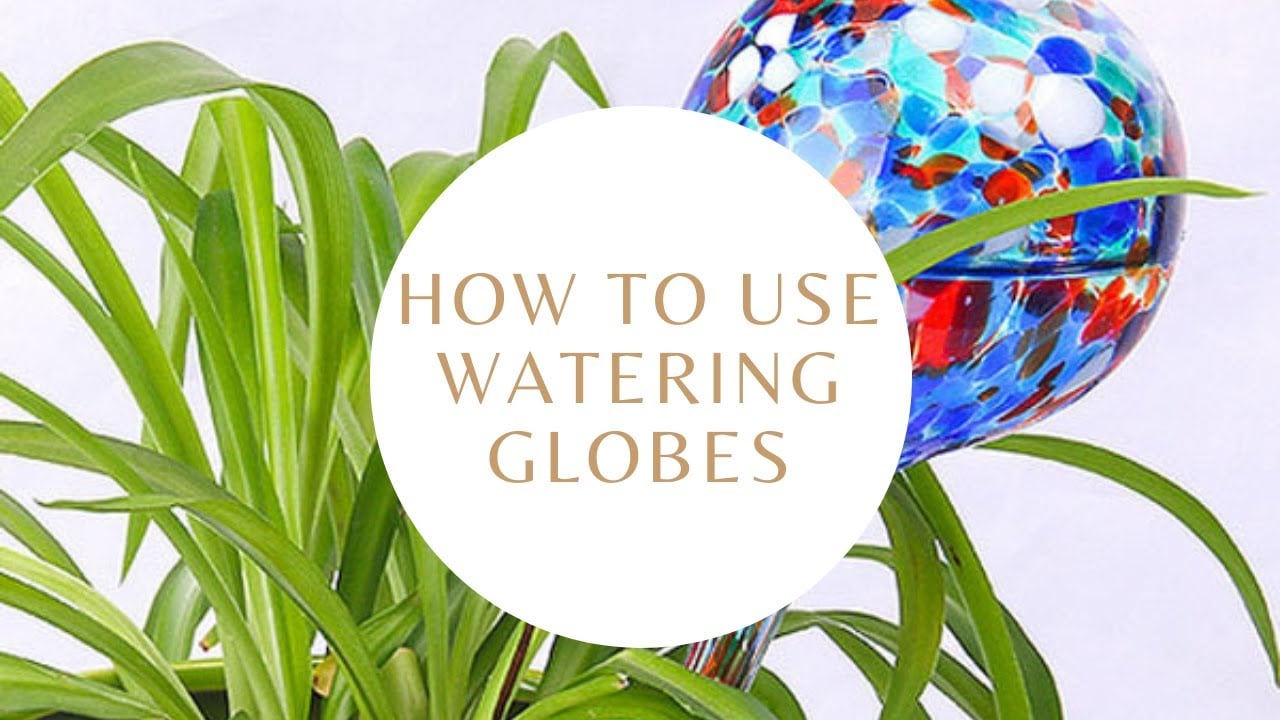
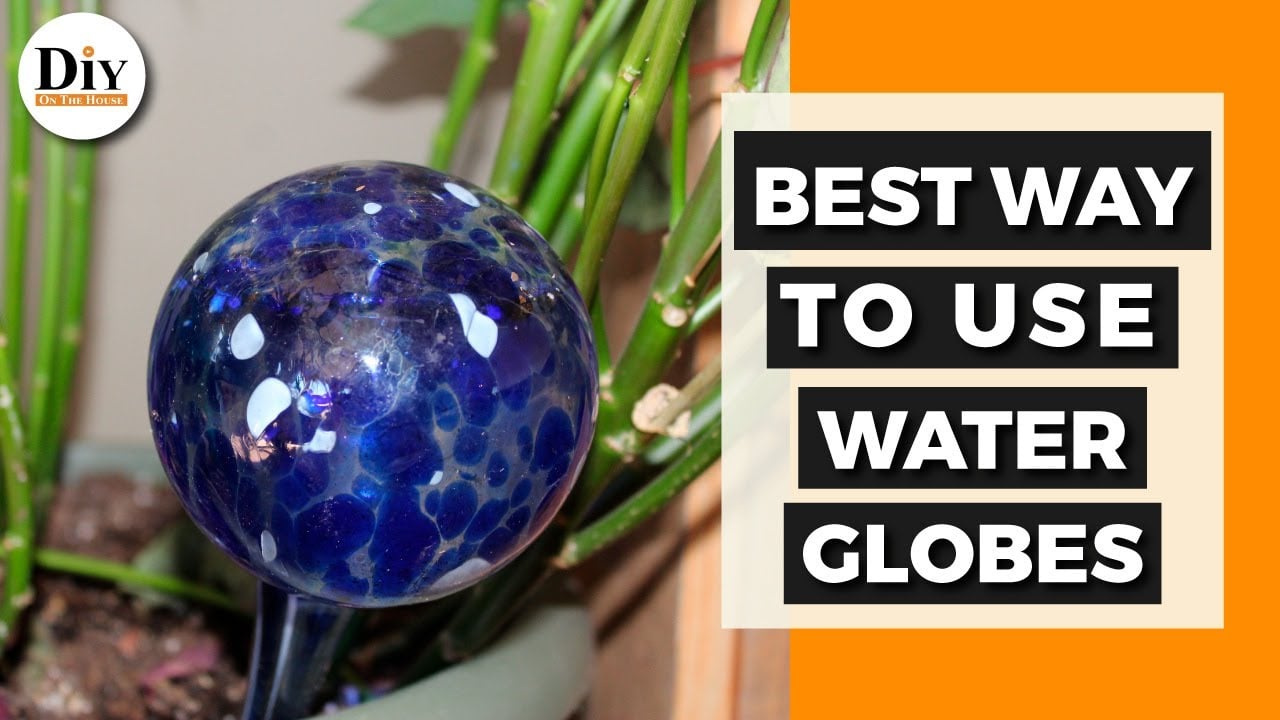

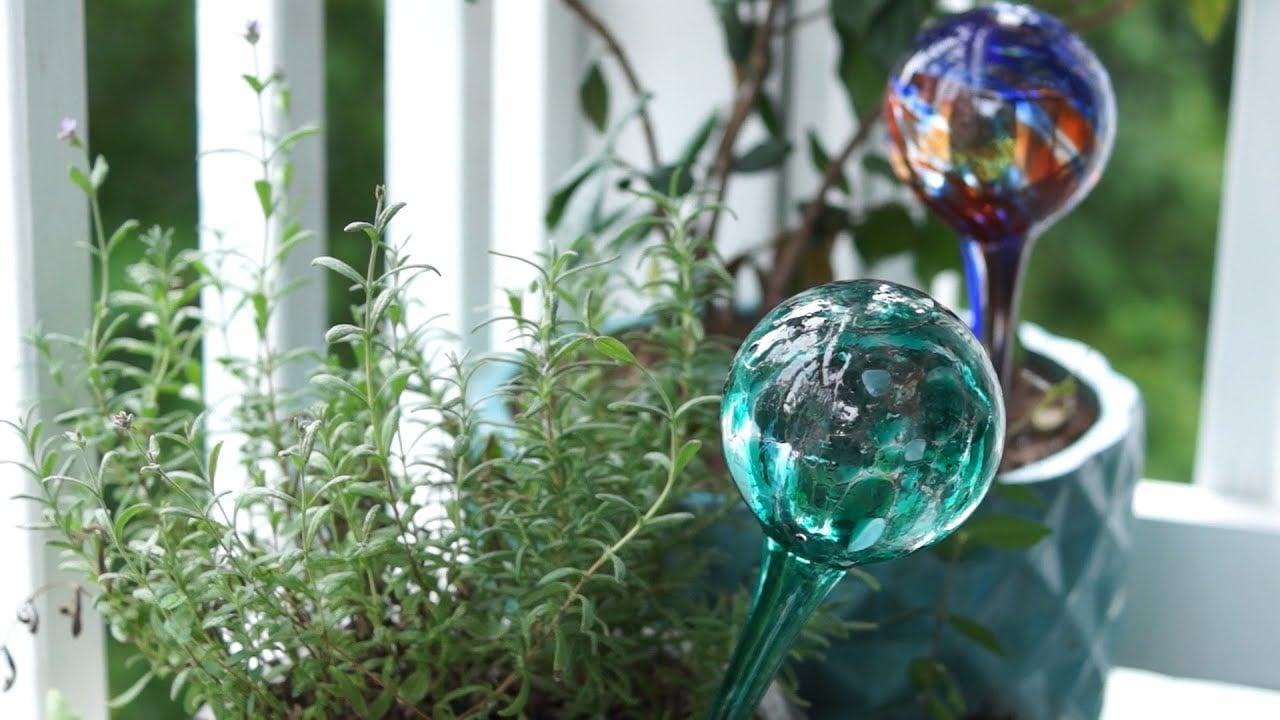
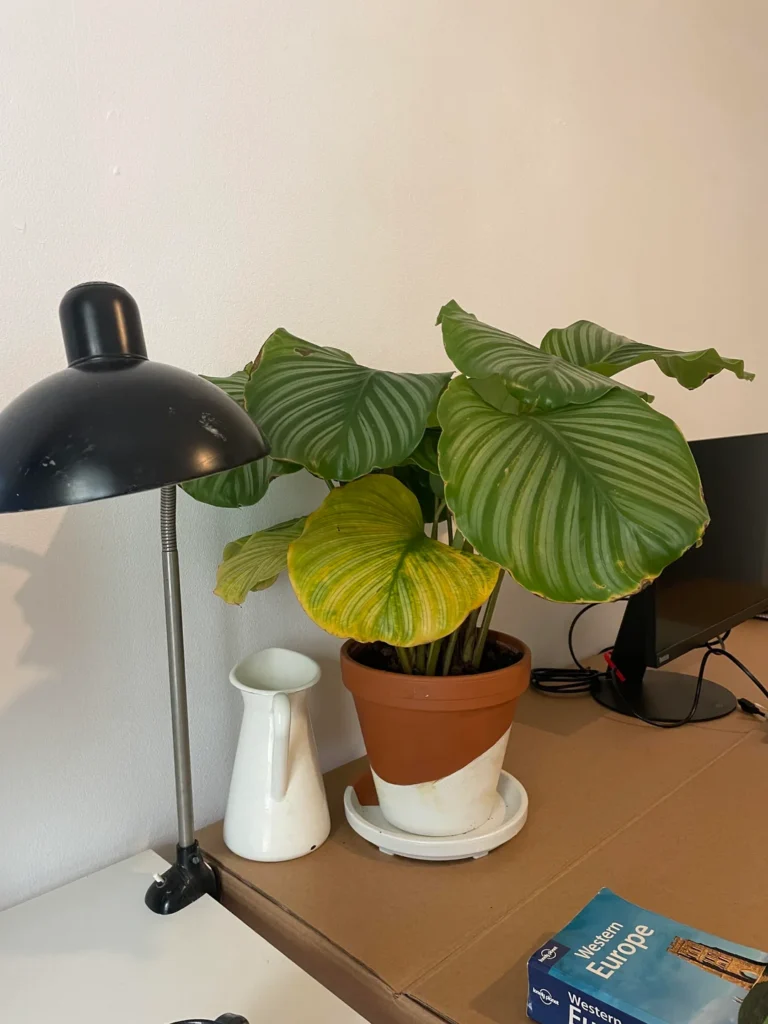
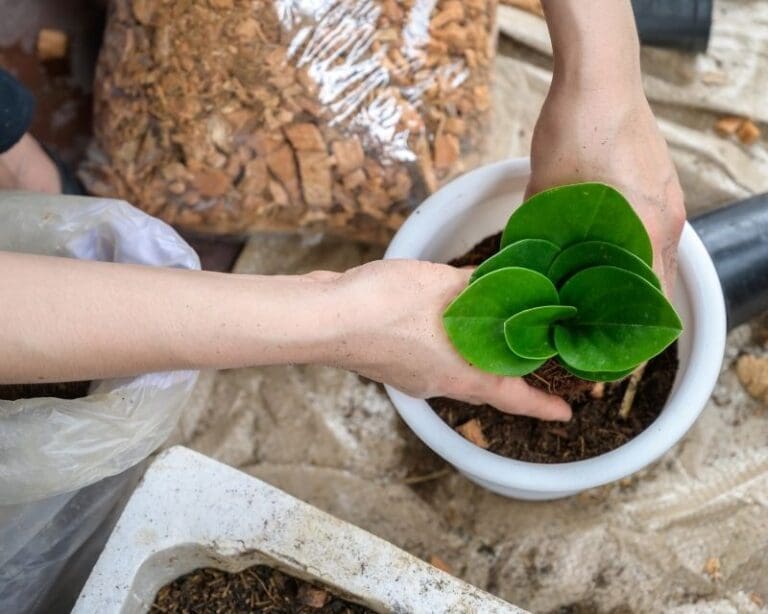

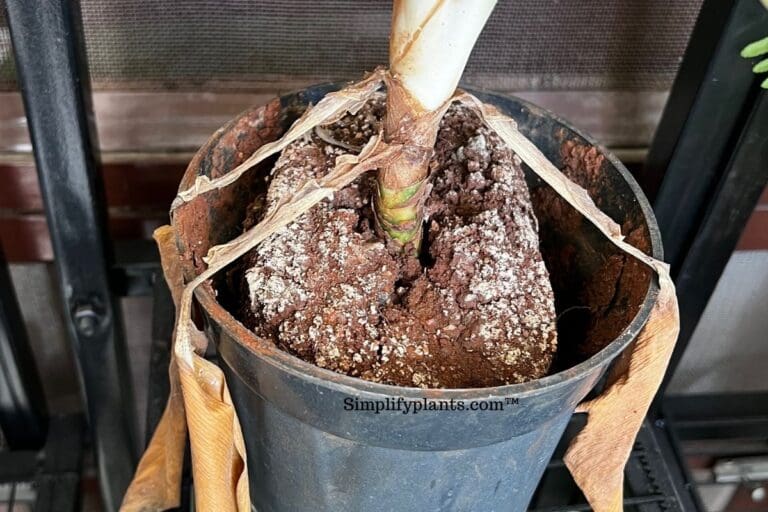

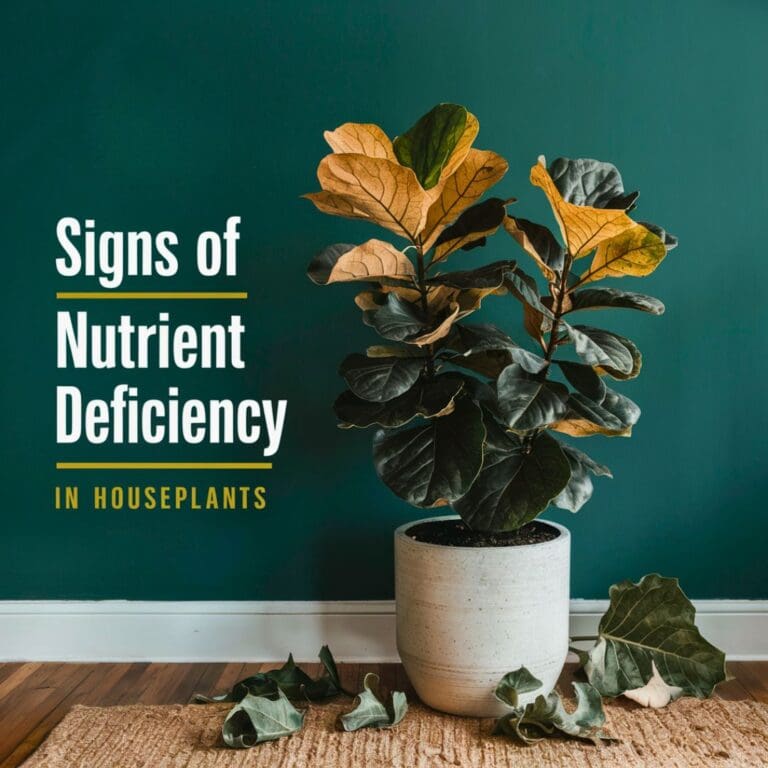
Hi Richa,
Can I use more than one globe per plant to cover longer vacation duration?